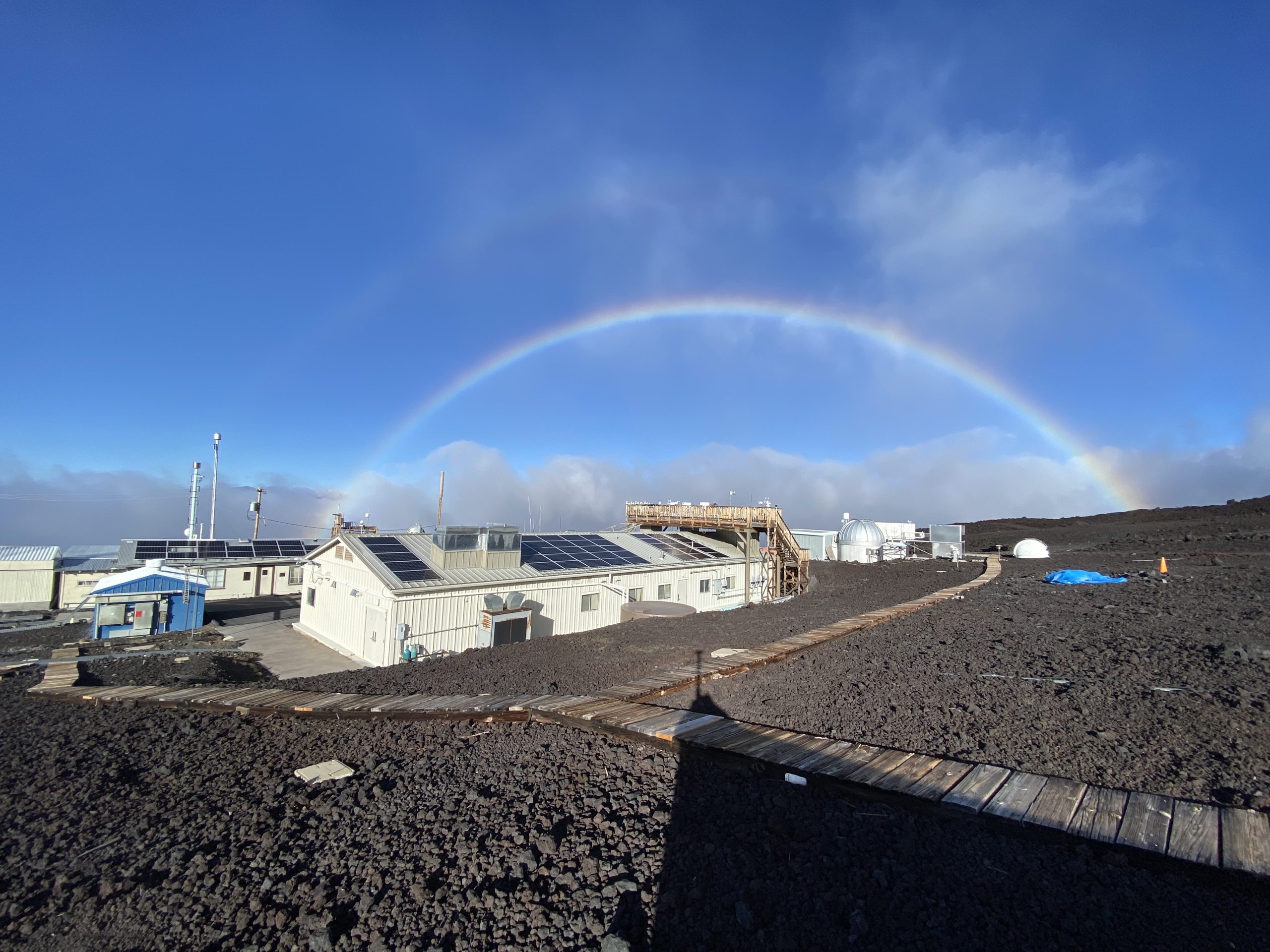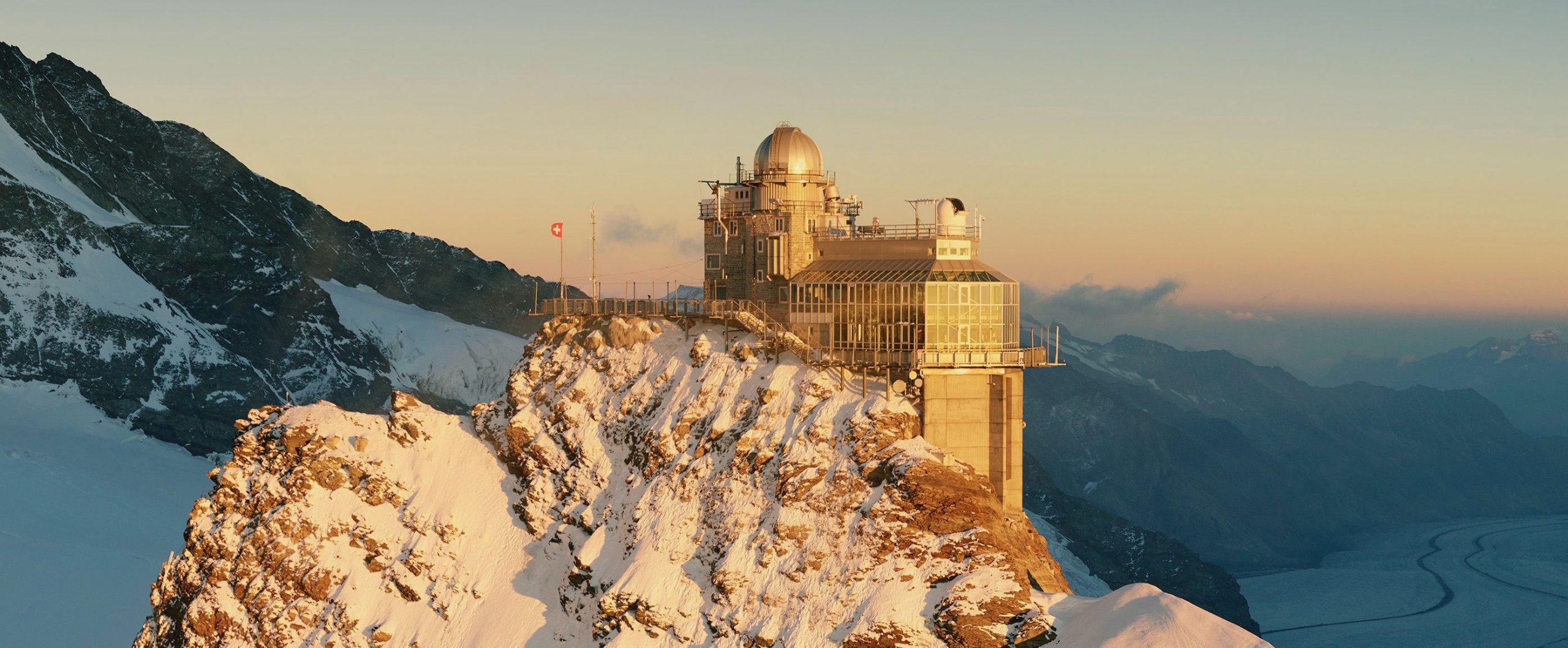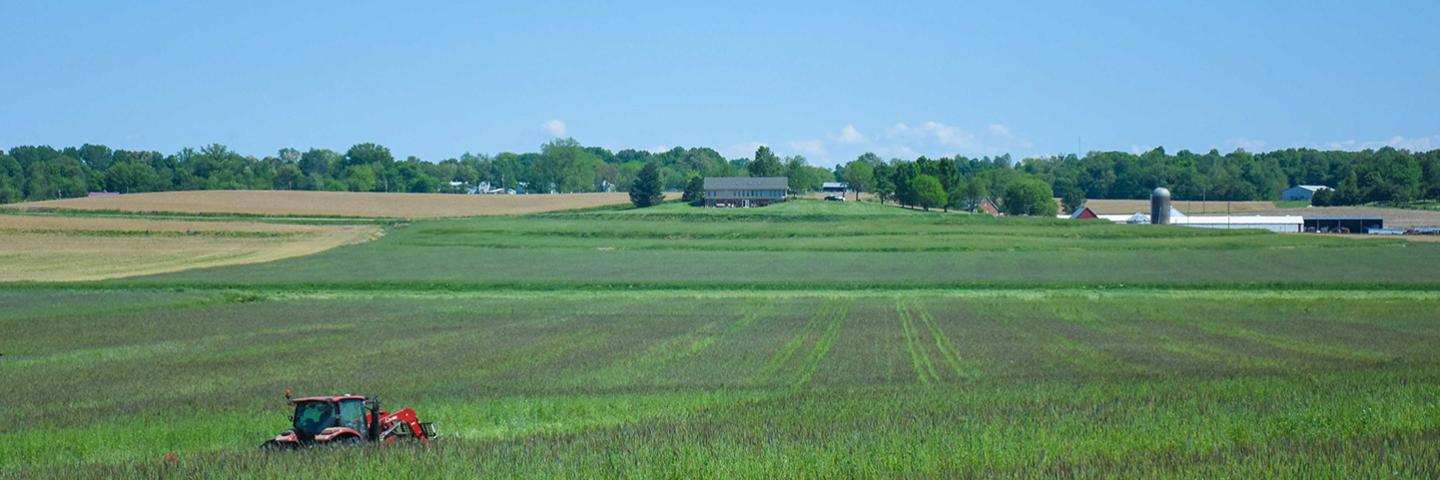Record high levels of greenhouse gas pollution continued to increase the heat trapped in the atmosphere in 2019, according to an annual analysis released by NOAA scientists.
NOAA’s Annual Greenhouse Gas Index tracks the concentrations of greenhouse gases being added to the atmosphere principally from human-caused emissions. The AGGI then calculates the heat being added to Earth’s atmosphere and oceans as a result.
This past year, for the first time since NOAA began observations, the warming influence of all these gases combined trapped the same amount of heat as an atmosphere instead containing carbon dioxide (CO2) at 500 parts per million (ppm). For thousands of years prior to 1750, the concentration of CO2 in the atmosphere was around 280 ppm.
NOAA’s index, known as the AGGI, is based on hundreds of air samples collected from sites around the world each year from NOAA’s Global Greenhouse Gas Reference Network. Each sample is carefully analyzed for numerous gases at NOAA’s Global Monitoring Laboratory in Boulder, Colorado.
One number to track human impact on climate
NOAA scientists released the first AGGI in 2006 as a way to help policymakers, educators, and the public understand the cumulative impact of greenhouse gases on climate over time. The AGGI is updated each spring after nearly all the air samples collected during the previous year have been obtained and analyzed. The AGGI for 1750 is assigned a value of zero based on pre-industrial greenhouse gas concentrations from that year. An AGGI value of 1.0 was assigned to the warming influence supplied by the increased concentrations of greenhouse gases measured in 1990 – chosen because it was the year of the Kyoto Protocol, an international treaty for the reduction of greenhouse gas pollution.
In 2019, the index rose to a value of 1.45, meaning that the heat trapped in the atmosphere that is primarily attributable to human activity has risen 45 percent since 1990.
Five greenhouse gases account for about 96 percent of the increased climate-warming influence since 1750. The AGGI also tracks 15 secondary greenhouse gases responsible for the remaining 4 percent.
Carbon dioxide, the most abundant human-emitted greenhouse gas, has by far the largest climate-warming impact of the long-lived greenhouse gases. By December 2019, CO2 in the global atmosphere averaged just over 411 ppm. Since 1990, the increase in the atmosphere’s heat-trapping capacity attributable to CO2 alone is now just over 60 percent.
This year’s AGGI confirms that the growth rate of CO2 has accelerated in recent years. It averaged about 1.6 parts per million per year in the 1980s, 1.5 ppm per year in the 1990s and 1.9 ppm per year from 2000-2009. The growth rate surged to an average of 2.4 ppm per year from 2010 to 2019. During 2019, the annual CO2 growth rate increased by 2.64 ppm (see https://www.esrl.noaa.gov/gmd/ccgg/trends/global.html)].
Atmospheric levels of methane, the second-most important greenhouse gas influenced by human activity, also rose in 2019. Preliminary estimates show a jump of 10.4 parts per billion (ppb) last year to 1873 ppb. While methane emissions are roughly 28 times more effective at trapping heat than CO2 when a 100-year timescale is considered, the influence of methane concentrations on climate warming is currently only 25 percent of CO2 because of its much lower concentration in the atmosphere.
The climate influence of one powerful set of greenhouse gases – ozone-depleting gases such as the chlorofluorocarbons (CFCs) – continued to decline in 2019, largely due to controls adopted by the Montreal Protocol.
For more information, contact Theo Stein, NOAA Communications, at theo.stein@noaa.gov.



